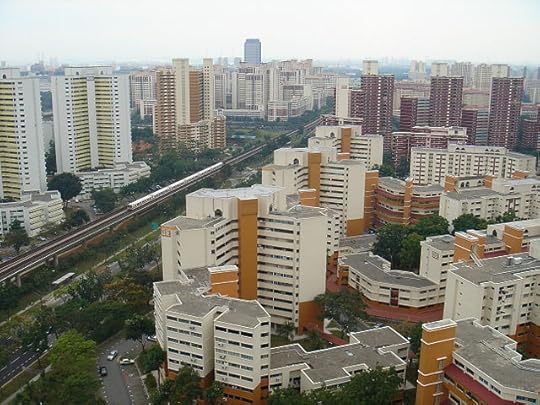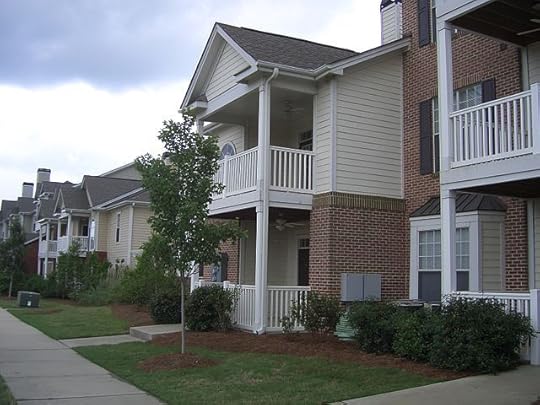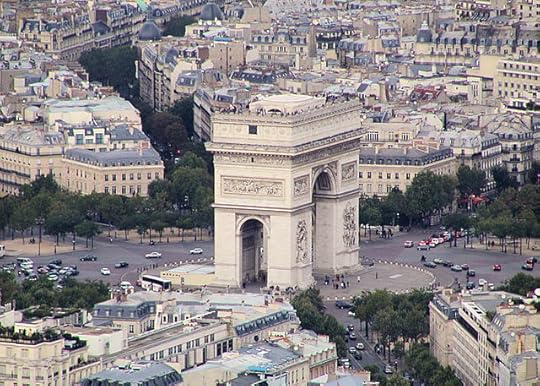What do you think?
Rate this book


472 pages, Hardcover
First published January 1, 1961
This is a common assumption: that human beings are charming in small numbers and noxious in large numbers.
On TRUST:
"The trust of a city street is formed over time from many, many little public sidewalk contacts... Most of it is ostensibly trivial but the sum is not trivial at all." (p. 56)
On PRIVACY:
"A good city street neighborhood achieves a marvel of balance between its people's determination to have essential privacy and their simultaneous wishes for differing degrees of contact, enjoyment or help from the people around." (p.59)

On the need for CASUAL CONTACTS and PUBLIC SPACE:
"Under [a well-compartmentalized local] system, it is possible in a city street neighborhood to know all kinds of people without unwelcome entanglements, without boredom, necessity for excuses, explanations, fears of giving offense, embarrassments respecting impositions or commitments, and all such paraphernalia of obligations which can accompany less limited relationships. It is possible to be on excellent sidewalk terms with people who are very different from oneself..." (p. 62)
"Here it is necessary to take issue with a common belief about cities—the belief that uses of low status drive out uses of high status. This is not how cities behave... People or uses with more money at their command or greater respectability can fairly easily supplant those less prosperous or those of less status... The reverse seldom happens." (p. 97)
On ENGINEERING SOCIAL TURNAROUND:
"It is fashionable to suppose that certain touchstones of the good life will create good neighborhoods—schools, parks, clean housing and the like. How easy life would be if this were so! How charming to control a complicated and ornery society by bestowing upon it rather simple physical goodies. In real life, cause and effect are not so simple." (p. 112)

On CROWDS and MORALITY:
"People gathered in concentrations of big-city size and density can be felt to be an automatic—if necessary—evil. This is a common assumption: that human beings are charming in small numbers and noxious in large numbers... On the other hand, people gathered in concentrations of city size and density... are desirable because they are the source of immense vitality... a great and exuberant richness of differences and possibilities, many of these differences unique and unpredictable and all the more valuable because they are." (p.220)
On the BEAUTY of "CHAOS":
"Intricate minglings of different uses in cities are not a form of chaos. On the contrary, they represent a complex and highly developed form of order." (p. 222)
On the UGLINESS of "ORDER":
"Homogeneity... poses very puzzling esthetic problems. If the sameness of use is shown candidly for what it is—sameness—it looks monotonous. Superficially, this monotony might be thought of as a sort of order, however dull. But esthetically, it unfortunately also carries with it a deep disorder: the disorder of conveying no direction. In [such] places... you move, but in moving you seem to have gotten nowhere. North is the same as south, or east as west... It takes differences—many differences—cropping up in different directions to keep us oriented." (p. 223)

On DESIGNING FOR HUMANS:
"Genuine differences in the city architectural scene express... [Jacobs quoting Eugene Raskin:] 'the interweaving of human patterns. They are full of people doing different things, with different reasons and different ends in view, and the architecture reflects and expresses this difference... Being human, human beings are what interest us most. In architecture as in literature and the drama, it is the richness of human variation that gives vitality and color to the human setting... Considering the hazard of monotony... the most serious fault in our zoning laws lies in the fact that they permit an entire area to be devoted to a single use.'" (p. 229)
"[Jacobs quoting Paul J. Tillich:] 'Cities have the capability of providing something for everybody, only because, and only when, they are created by everybody.'" (p. 238)

Why LASTING SUCCESS IN CITIES IS HARD:
"A diversified mixture of uses at some place in the city becomes outstandingly popular and successful as a whole. Because of the location's success, which is invariably based on flourishing and magnetic diversity, ardent competition for space in this locality develops. It is taken up in what amounts to the economic equivalent of a fad." (p. 243)
"[Slum clearance and project-style urban renewal] fails because it tries to overcome causes of trouble by diddling with symptoms... Conventional planning approaches to slums and slum dwellers are thoroughly paternalistic. The trouble with paternalists is that they want to make impossibly profound changes, and they choose impossibly superficial means for doing so." (p. 271)

On ASSIMILATING NEWCOMERS:
"People are accomodated and assimilated, not in undigestible floods but as gradual additions, in neighborhoods capable of accepting and handling strangers in a civilized fashion... They quickly assimilate into the public street life and are lively and competent at holding up their end. These very same people could hardly act as they do within the community, nor would they be likely to stay put as long, were they part of a tumultuous replacement throng..." (p. 283)
"When we deal with cities we are dealing with life at its most complex and intense. Because this is so, there is a basic esthetic limitation on what can be done with cities: a city cannot be a work of art." (p. 372)

"Great cities are not like towns, only larger. They are not like suburbs, only denser. They differ from towns and suburbs in basic ways, and one of these is that cities are, by definition, full of strangers."
"The first thing to understand is that the public peace—the sidewalk and street peace—of cities is not kept primarily by the police, necessary as police are. It is kept primarily by an intricate, almost unconscious, network of voluntary controls and standards among the people themselves, and enforced by the people themselves."